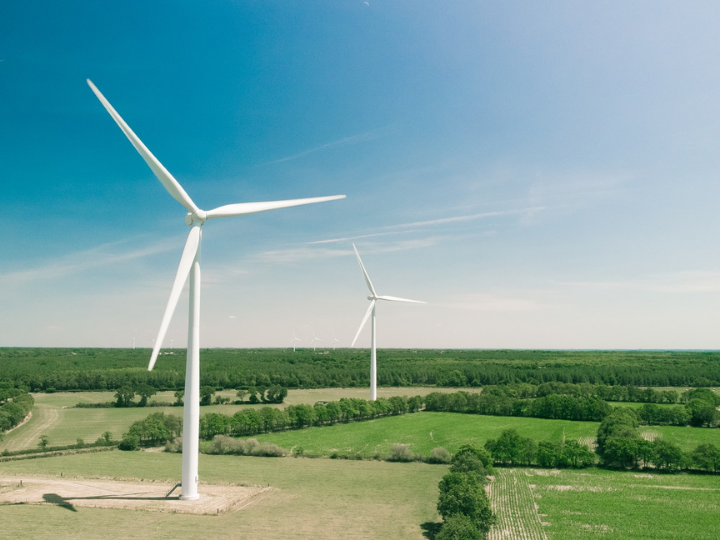by Corinna Klessmann, Fabian Wigand and Geoffrey Ho*
Auctions are an essential part of the policy toolkit for promoting cost-efficient renewable energy development. Still, policymakers must be prepared to tailor their design to local conditions and adjust for market-specific challenges, write Geoffrey Ho, Corinna Klessmann, and Fabian Wigand.
Policymakers around the world increasingly use competitive bidding processes to determine the level of support required for renewable energy projects and to select which projects will receive support. These bidding processes, broadly known as auctions, range from simple tenders to complex, multi-stage, dynamic bidding systems.
Although varied, these auctions all let the market determine price levels as opposed to tariffs being set by government authorities. Auctions can promote the cost-efficient development of renewable energy projects, revealing bidders’ costs and helping drive renewable energy costs down. They can also provide a transparent and objective way to allocate financial support and help governments to plan effectively for renewable energy capacity additions.
In the European Union (EU) and Energy Community countries (a group of neighbouring countries, mostly in southeast Europe, integrating into the EU energy market), the trend towards renewable energy auctions is driven by the Guidelines on State Aid for Environmental Protection and Energy 2014-2020 (commonly known as EEAG or State Aid Guidelines). The EEAG are under review but will remain valid until the end of 2021.
However, there is no one-size-fits-all approach when it comes to designing and implementing renewable energy auctions. The design must always account for local context and differences between countries, particularly renewable energy market maturity and energy sector liberalisation.
There are many challenges and considerations when designing auctions in countries with a nascent renewable energy sector compared to more mature markets. The following sections discuss some of the main considerations, drawing from Guidehouse’s experience advising policymakers on renewable energy auctions worldwide, including European research projects (e.g. AURES) and assignments for the European Bank for Reconstruction and Development and other development institutions.
Renewable energy market maturity
Mature renewable energy markets tend to have a strong pipeline of projects under development. This is usually not the case in emerging renewable energy markets. In addition, the permitting regime for renewable energy projects may be relatively new and untested.
Policymakers who wish to run a bidder-sited auction, where bidders are responsible for proposing sites, should consider the existing project pipeline and allow enough time for bidders to identify and develop new sites. This can take significant time, especially for resource and environmental assessments when existing data is scarce. If the auction timeline is too rushed or the auction capacity is set too high, the auction and hence prices could fail to be competitive.
In emerging markets, policymakers should think carefully about the qualification criteria that developers must satisfy to participate in an auction. For example, local developers in a country with no operational renewable energy projects may find it impossible to meet past experience requirements. Authorities need to find a strategic balance between building up the local sector and attracting international experience. A common approach is to allow local and international companies to team up as a bidding consortium.
This question of experience also extends to the financiers of renewable energy projects. Although local banks are usually keen to get involved in the financing of the country’s nascent renewable energy sector, they may have limited experience compared to international lenders. This issue becomes pertinent in the context of renewable energy auctions if, for instance, bidders are required to demonstrate a robust financing plan and sources of funding.
Energy sector liberalisation
In many emerging markets, there is a broader programme of energy sector reform happening at the same time as renewable energy auctions. These regulatory changes create uncertainties for developers and lenders that can be addressed through prudent auction design. Two examples follow.
According to the State Aid Guidelines, operating aid should be provided as a premium on top of the market price, whereby the generator sells its electricity directly in the market. Although this is generally straightforward in liberalised markets, many Energy Community countries still lack a liquid wholesale power market, so there is no clear market price.
In this case, transitional arrangements are needed until a market-linked support mechanism can be introduced. Policymakers must carefully design these transitional arrangements (e.g. non-market-linked support with grandfathering or conversion provisions) for renewable energy auctions to facilitate their acceptance with developers and lenders while respecting the State Aid Guidelines.
Secondly, in many emerging markets, the power sector is not fully unbundled, and the market structure may still be undergoing major changes. A key concern is the creditworthiness of the entity that will provide the financial support awarded to renewable energy generators, especially if the entity is newly established or if it is unclear how the entity will be funded. These institutional and commercial considerations are just as important as other auction design questions when preparing an auction programme.
Auctions as an opportunity for policymakers
Increasingly ambitious renewable energy targets and falling renewable energy prices have rightfully created a sense of urgency for governments around the world to introduce auctions, attract renewable energy investment, and reduce costs for consumers. Policymakers should seize the opportunity to implement well-designed, tailored auctions that build and de-risk their renewable energy markets to enable low prices and sustainable market growth.
*director of the consultancy Guidehouse’s energy policy team in Berlin and associate directors at Guidehouse
**first published in: www.euractiv.com




 By: N. Peter Kramer
By: N. Peter Kramer
